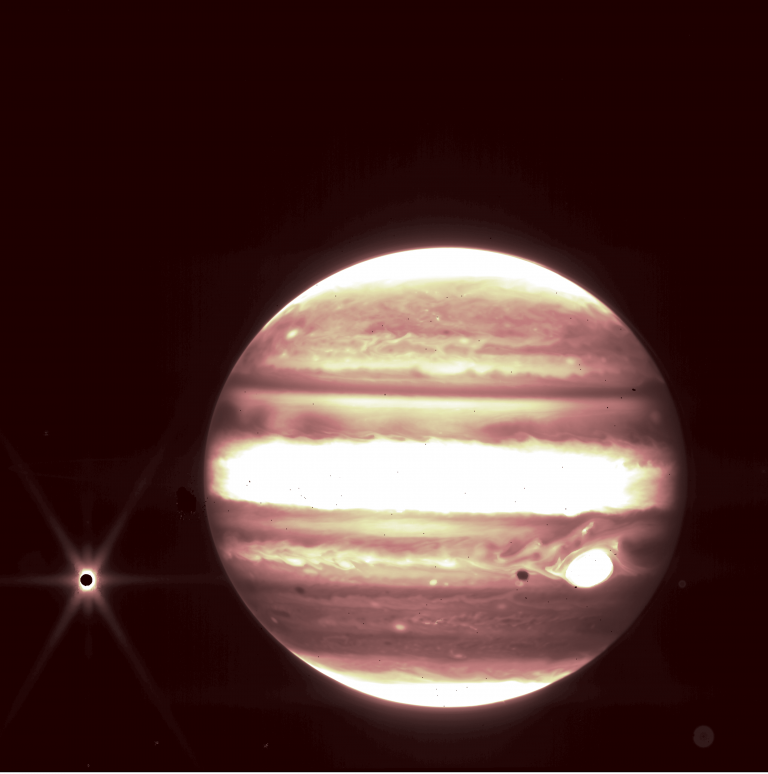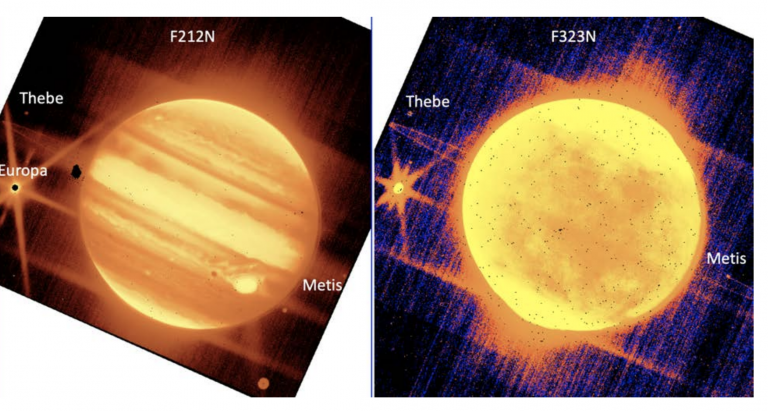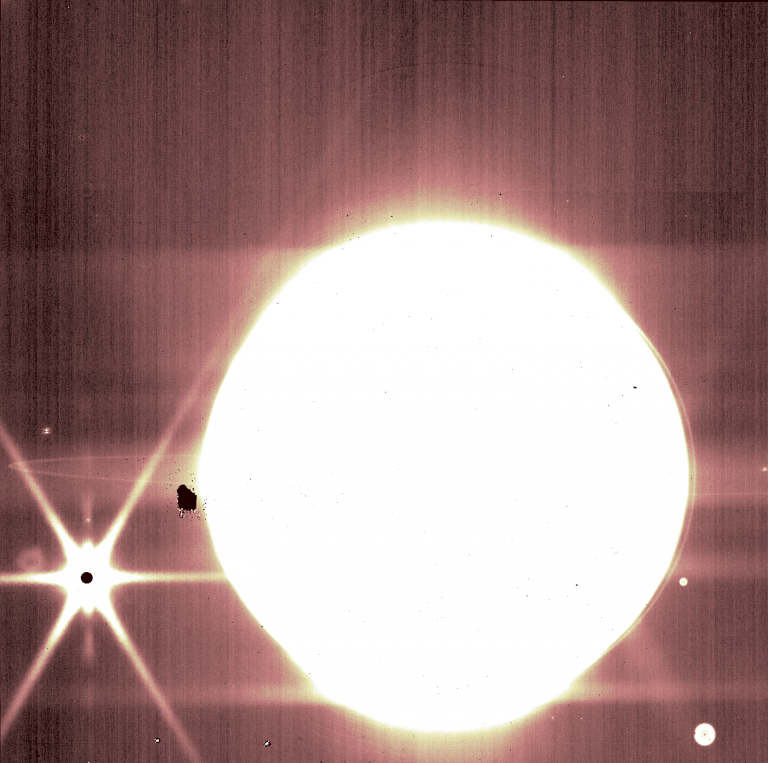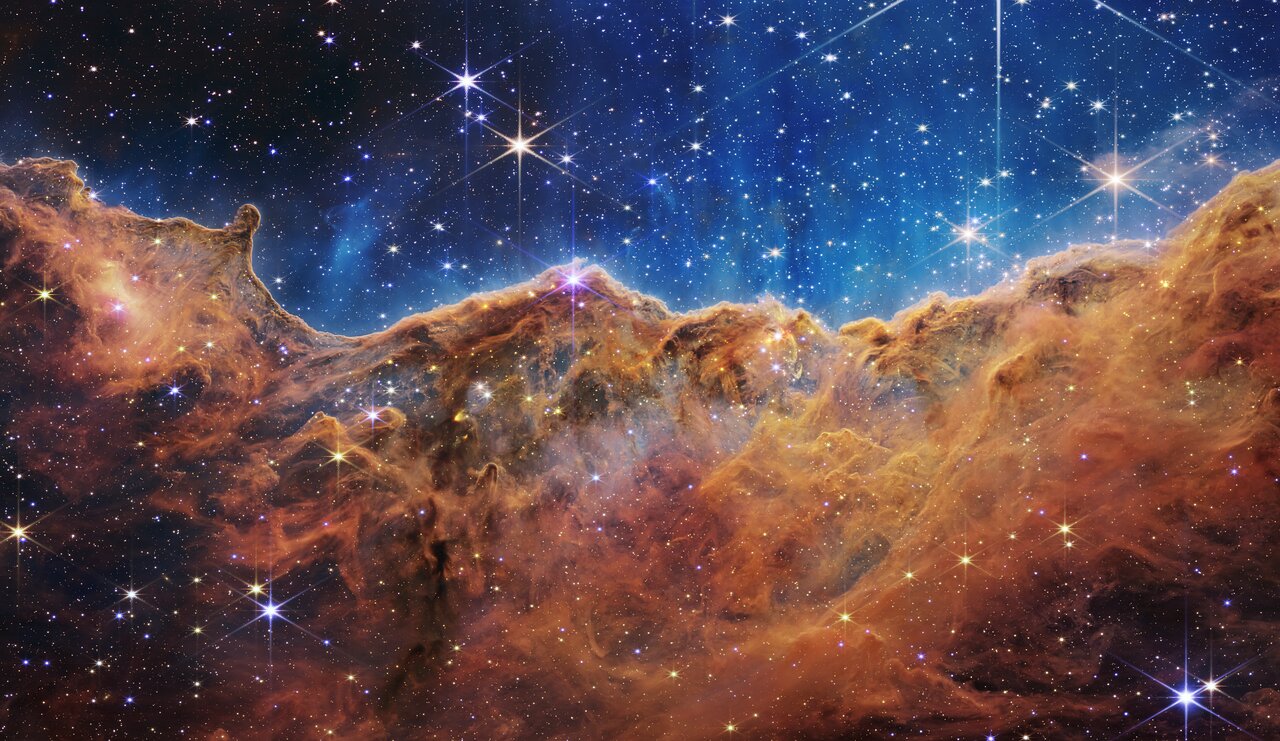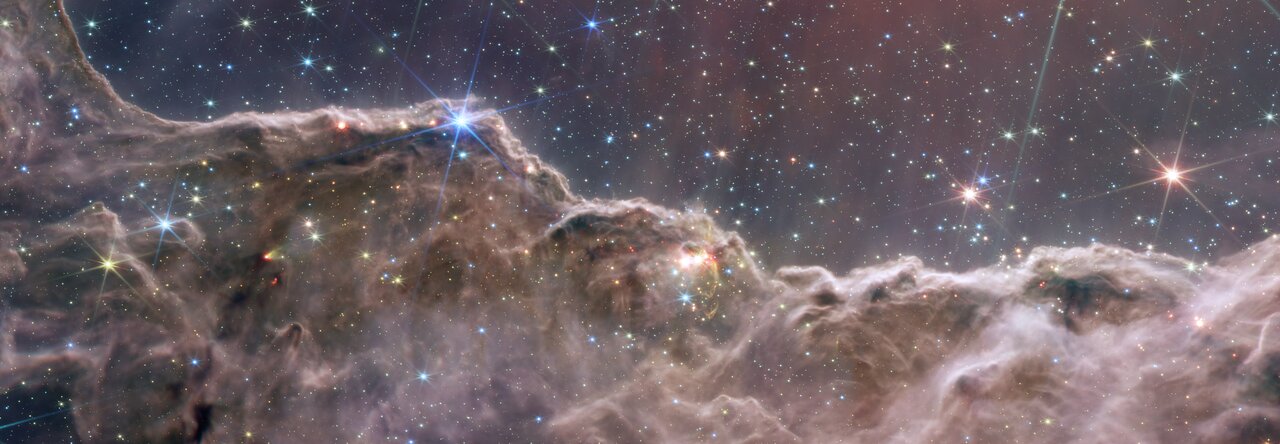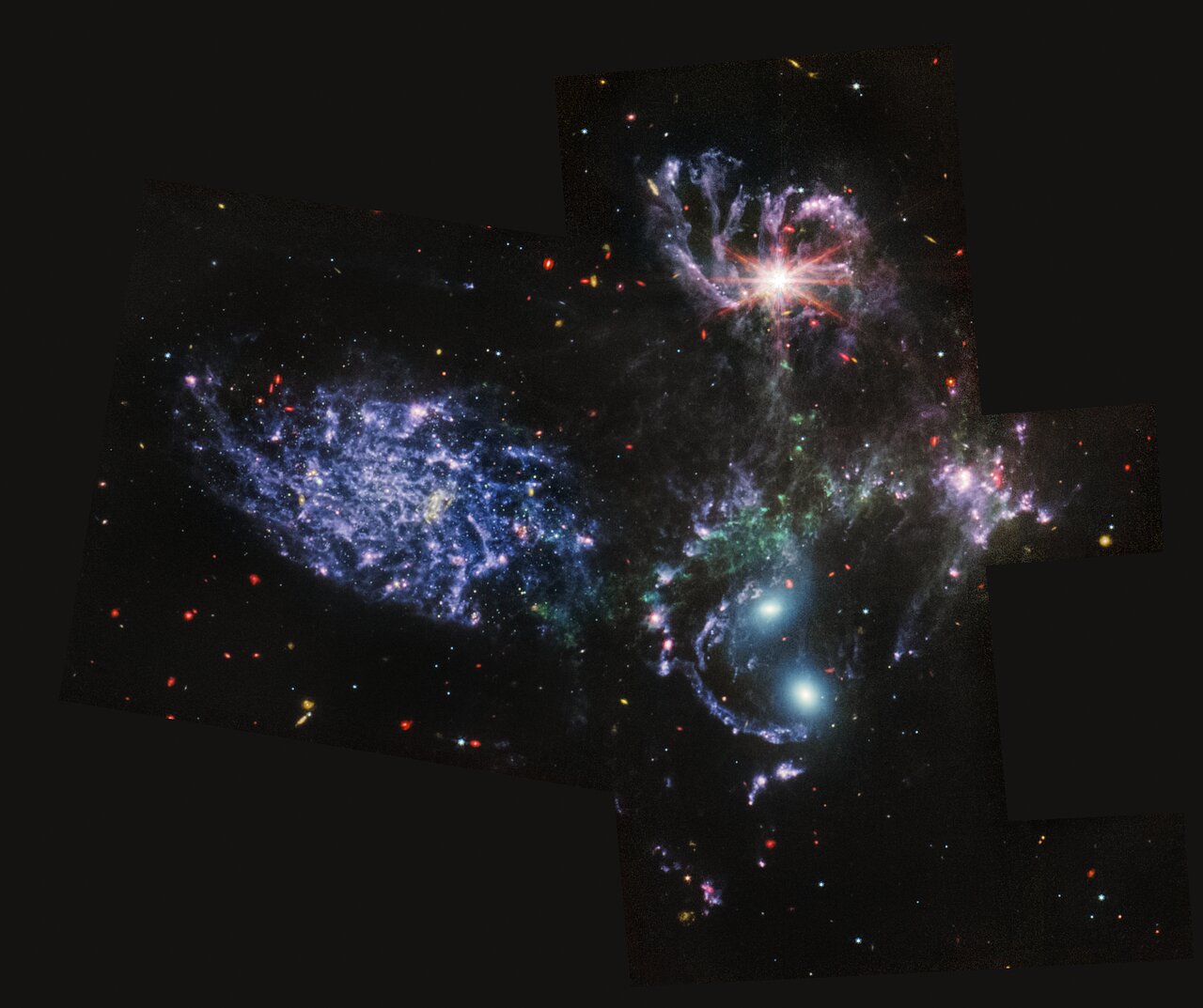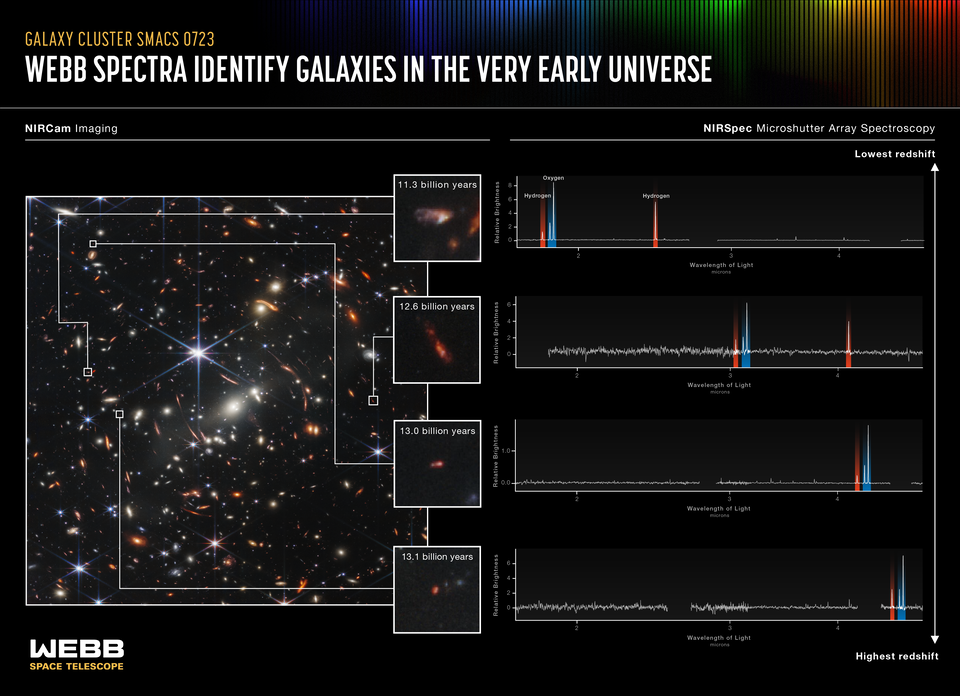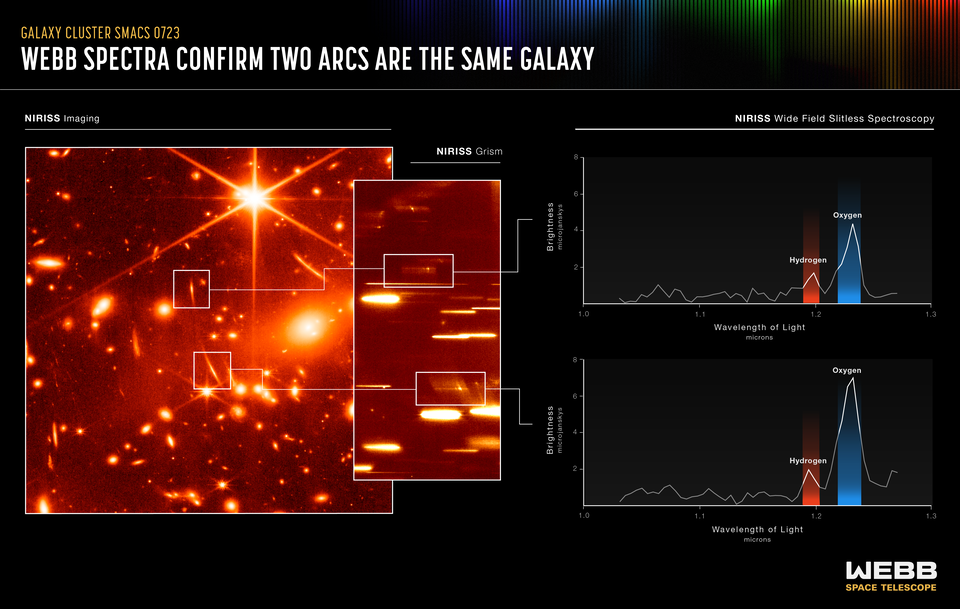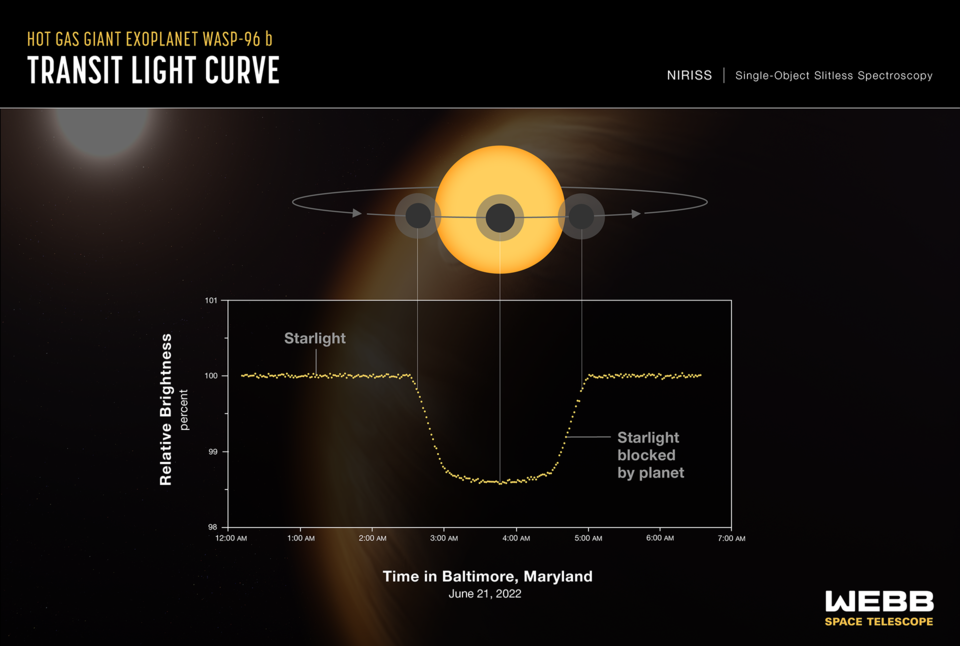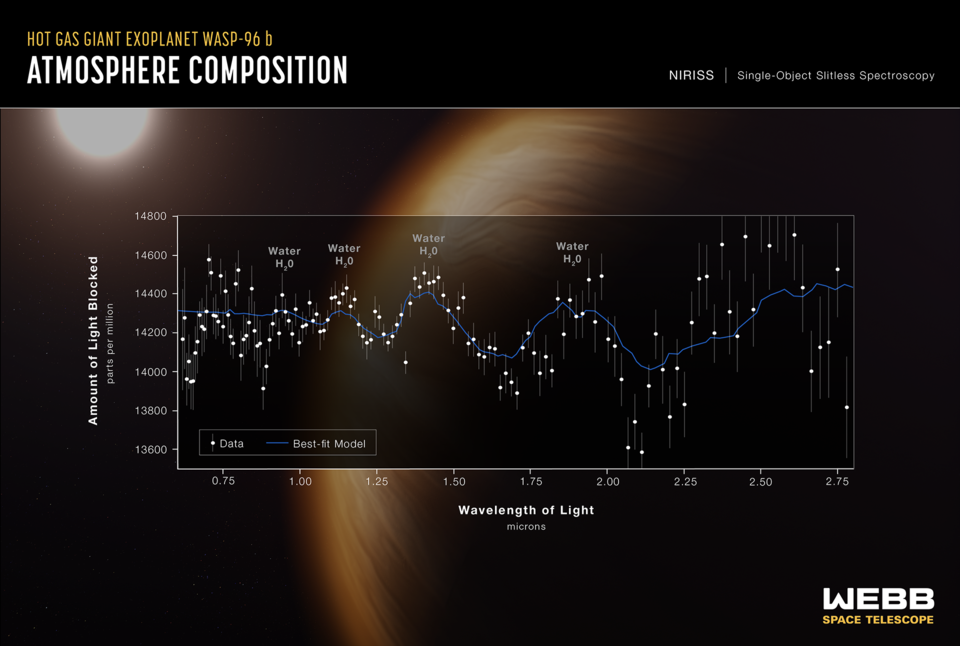The Webb Space Telescope was finally successfully launched on Christmas Day.
No more delays now then!
It is now making its way to the L2 point 1 million miles (1.5m km) from Earth and is now further away from Earth than The Moon.
The Ariane launch was so accurate, very little fuel needs to be used to get to the L2 point.
This means Webb will have an operational life in excess of 10 years. Bonus!
The sunshield has now been unfurled.
The layers will now be separated and tensioned, which will take a number of days.
This has now been delayed until the 3rd of January.
All going fantastic so far, but it still has a long way to go before we can all breathe a sigh of relief.

I have an animation of the deployment sequence on my Webb Introduction:
https://www.star-gazing.co.uk/WebPage/planetarium/stem-webb-space-telescope
There is also another one describing the infra-red light Webb will “see”:
https://www.star-gazing.co.uk/WebPage/planetarium/stem-webb-infra-red-light
Thanks to Nick James from the BAA for pointing out that we may be able to pick it up in our telescopes in the days following launch as it travels to the L2 point.:
https://britastro.org/node/26452
I managed to capture Webb on its journey on New Years Eve.
Horizons was a little bit out, but Webb was in my first field of view.
I managed to identify Webb by comparing two images like a blink comparator.

The images I took over an hour or more were put together into a composite to show a trail:

These were then used to create an animation:

I have posted details on how to produce your own predictions of Webb’s position at the bottom of this page.
Those of you who follow me online, know that I just love a challenge, and this really does excite me.
I have already managed to catch Rosetta on one of its Earth flybys, and Gaia just after that was launched.
I’ll never forget the thrill of spotting a star moving across the lower part of Leo on evening of the 4th of March 2005.
This meant I had managed to spot the Rosetta probe on it’s way around the solar system before its encounter with Comet 67P, then deploying Philae onto the comets nucleus. I’m sure that if I do manage to spot Webb, clouds permitting, this will give me much the same thrill.
But there has been no chance of doing anything with Webb yet, as it has been permanently cloudy, misty and drizzly here throughout Christmas.
In fact, at the L2 point where Webb is going to be located once it is in the correct position, it will stay visible from Earth.
It also be visible in the days it takes to make its way from Earth as the various parts of the telescope are deployed.
We will not be able to see the shape of Webb as it will be far too small to resolve.
But it will be visible as it reflects sunlight, looking like a star-like point moving in front of the more distant background stars.
There may also be the possibility of seeing the upper stage of the rocket moving close to it for a while after they have separated.
How bright will Webb be? That’s a question and a half. I don’t think anyone really knows.
Horizons does not generate magnitude estimates for it.
Observers / imagers who managed to have clear skies to capture it initially, reported it was between 12th & 13th Magnitude.
Others have reported that it is 15th magnitude.
I’ll just have to keep looking out for updates on this.
It should brighten once the sunshield is fully deployed.
Update 27th of December.
Over the next few weeks, The JWST is to the east of Orion’s belt.
The maps below shows its positions up until the 22nd of January as seen from my location.
It will slowly be migrating eastwards each night, keeping it reasonably visible in the night sky, if it remains bright enough to be captured.

Someone also managed to capture a flare off Webb:
Update 26th December.
It has been totally cloudy here since the launch, but a couple of people have already managed to capture it and the upper stage of the rocket:
Once Webb’s sunshield has been deployed, it will reflect a lot more sunlight back to us, making it a lot brighter.
So it would be really good to keep an eye out on it and see if we can catch any changes in brightness.
If we do, we will be witnessing Webb’s deployment happening right before our very own eyes / cameras.
I have generated a map below showing the path Webb will take across the sky over the next few weeks from my location.
The position is shown at 00:00h UT on the dates shown.
You will need to generate one specific for your location.
I explain how to do this further down the page.

Webb’s expected timeline:
https://spaceexplored.com/2021/12/28/how-to-track-james-webb-space-telescope-mission-timeline/
2 Days after launch, (27th of January) Webb will pass beyond the distance of The Moon.
Between 4 and 8 days after launch (29th December 2021 – 2nd of January 2022), the sunshade will be deployed and tensioned.
This is when Webb should become a lot brighter, as the sunshade will reflect a lot more sunlight.
10 days after launch (4th of January), the secondary mirror deploys.
The main mirror should deploy between 12 and 24 days after launch (6th – 18th January 2022).
29 days after launch, Webb arrives at the L2 point 1 million miles from Earth (23rd January 2022).
There will then be lots of integration and commissioning checks.
180 days after launch, the first observations should be taken (~23rd of June 2022).
The first images should be released within 210 days after launch (~23rd of July 2022).
You can keep track of where Web is and the current deployment status here:
https://www.jwst.nasa.gov/content/webbLaunch/whereIsWebb.html

Capturing Webb should be fairly easy. Find the coordinates at any particular time.
Point the scope and observe, or take an image.
As Webb is moving, the longer the exposure taken with the camera, the more Webb will have moved during the exposure.
So a long exposure will show it as a streak. The longer the exposure, the longer that resulting streak will be.
To demonstrate this, on the 10th of December, I captured a series of different exposure images of Asteroid Nereus (4660) when it passed about 2 million miles from Earth.

Where will Webb be?
To generate your own ephemeris, so you have a more accurate track of Webb from your location, you can do this using the NASA Horizons Web page:
https://ssd.jpl.nasa.gov/horizons/app.html#/

Please note:
If there are any more changes to the path of Webb, it may take a day or two for Horizons to generate accurate predictions once the new Webb flight details are known.
So you may need to check regularly, in case the positions change.
You’ll need to go through the menus to get everything set up correctly using the Blue Edit buttons on the front screen.
1 – Leave “Ephemeris Type” as Observer Table.

2 – Target Body.
Click the Blue Edit Button and in the new window type JWST and click Search.

This should find the Webb Space telescope and go back to the front menu.
3 – Observer Location.
You can use location in a variety of ways.
You can select a town or city close to you from a drop-down menu.
Or enter your latitude and longitude.
Don’t forget, that Webb will be fairly close to Earth just after launch, so the closest you can get to your own location, the more accurate the path given by the system will be. So it will always be best to use Latitude and Longitude using Specify Coordinates.
For this demo I have selected Cambridge from a List of Earth Locations.

4 – Time Specification.
Once your location has been selected, you now need to specify the time.
This is where you could become stuck.
I’ll explain why at the end.
You’ll need to put in a Start and Stop Time, plus the Step Size, as I have below.
Then press Use Specified Time Span.
Don’t put an end date any later than 00:00:00h on the 22nd of January.

5 – Table Settings.
The last step is to select the information that you want included in the table produced by the system.
If you have too much non-essential data, you can end up with a very complicated table.
So I have switched off a lot of unnecessary data below.
You will need to scroll down further in this Window to get Additional Table Settings, such a reducing output during daylight.
Click Use Specified Settings at the bottom of that window to go back to the main menu.

Once everything is set up correctly, you can click the green Generate Ephemeris button.

There’s something to watch out for here.
If the time settings are set incorrectly, ie, set to start before Webb is due to be launched, or after it reaches the L2 point after the 22nd, it will generate the pink highlighted data shown below, and will not calculate any ephemeris data.

Once the system is happy with all the settings, you’ll generate data looking something like the image at the bottom with the apparent RA and Dec of Webb shown. These can now be plotted on a star map to help you find it.
The latest text file I generated for Cambridge UK can be downloaded by clicking this link:
horizons_results-Cambridge-UK
But don’t forget, this data set only gives an accurate path for the view as seen from Cambridge in the UK with the launch for Xmas day.
But it will allow you to become familiar with the layout before generating your own.
This is an old prediction, but you will need to generate the latest one for your particular location.
Let’s just hope that it does launch this time and I hope that this info and the weather helps you to catch Webb.
Good luck folks.
Let me know how you get on.










